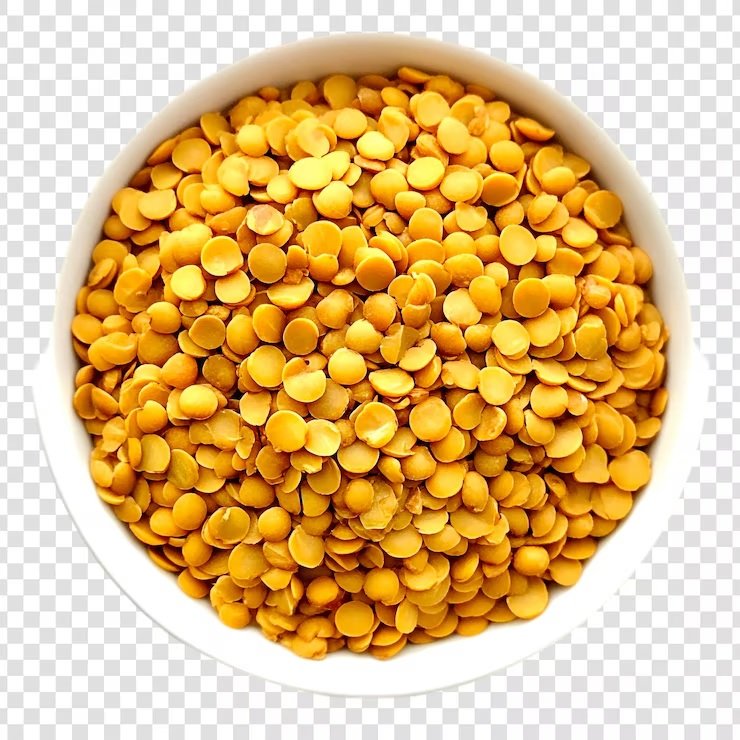Tur Output May Fall Due to Natural Calamity Damage
31-Oct-2025 11:52 AM

New Delhi. India remains the world's leading producer, consumer, and importer of pigeon pea (pigeon pea). This crucial kharif pulse is produced in states like Maharashtra, Karnataka, Madhya Pradesh, Gujarat, Uttar Pradesh, Jharkhand, Telangana, and Andhra Pradesh, with limited production in some other states.
Data from the Union Agriculture Ministry shows that the area under tur (pigeon pea) improved from 4.645 million hectares in 2024 to 4.66 million hectares in the 2025 kharif season.
However, due to significant crop damage caused by natural disasters in major producing states, especially Maharashtra, production is expected to decline.
Tur sowing has increased slightly in Maharashtra, but excessive rainfall, severe flooding, and prolonged waterlogging have damaged large areas of the crop.
According to the Ministry of Agriculture, during the 2024-25 Kharif marketing season, national production of tur (tur) was 3.561 million tons, with Maharashtra contributing the highest at 1.325 million tons.
However, production is expected to decline in the 2025-26 marketing season. While it is difficult to accurately estimate the decline in production, it is generally expected that about 40 percent of the crop will be damaged due to floods and rains.
Tur crops have also been affected in Karnataka and other southern states, as well as some areas of Madhya Pradesh and Gujarat.
Although the decline in domestic production is likely to reduce the supply and availability of tur, which should generally keep prices stable, heavy imports of cheap goods from abroad may exert some pressure on the market.
India imports tur (tur) from Myanmar and African countries, particularly Tanzania, Mozambique, Malawi, Sudan, and Kenya.
Tanzania has produced a robust tur (toor) crop this year, exceeding 400,000 tons, and is making a strong effort to export as much of it as possible to India. A fierce civil war has erupted in Sudan.
